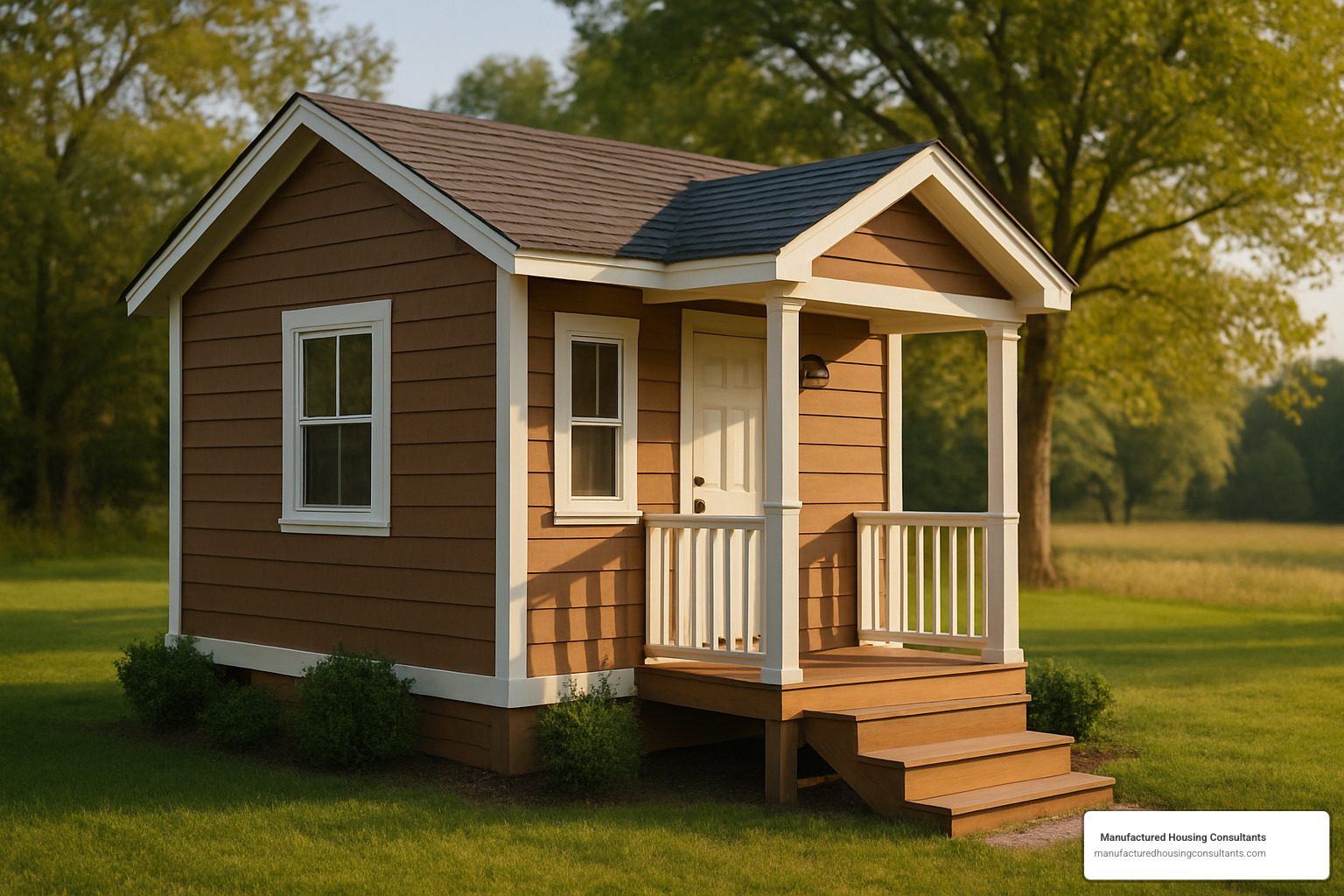Why Inexpensive Tiny Homes Are Revolutionizing Affordable Housing
Inexpensive tiny homes are changing how Americans think about homeownership, offering quality housing solutions starting as low as $1,000 for basic kits and averaging around $45,000 for complete builds. These compact dwellings prove you don’t need a massive mortgage to own your dream home.
Quick Answer for Inexpensive Tiny Homes:
- DIY Kits: $1,000-$10,000 (40-80 hours assembly time)
- Prefab Ready-Built: $20,000-$65,000 (delivered in 1-2 weeks)
- Custom Builds: $12,000-$45,000 (3-4 months construction)
- Energy Savings: 50% reduction in yearly consumption vs. traditional homes
- Cost per sq ft: ~$300 (vs. $150 for standard homes, but much lower total cost)
The tiny home movement has exploded because it solves real problems. Rising housing costs, student debt, and the desire for financial freedom drive more people toward downsizing. As Jay Shafer, the “Godfather” of the modern tiny house movement, proved with his stunning $5,000 design, you can live comfortably in under 400 square feet.
The numbers tell the story: While the average U.S. home costs around $400,000, tiny homes deliver complete living solutions for a fraction of that price. College students have built livable spaces for just $489 using salvaged materials and volunteer labor. Even premium models with solar arrays and custom finishes rarely exceed $100,000.
These homes aren’t just about saving money upfront. Owners typically cut their energy bills in half, eliminate most maintenance headaches, and gain the freedom to relocate whenever life changes. Whether you’re a young family in Texas facing budget constraints or someone seeking to break free from traditional mortgage debt, inexpensive tiny homes offer a proven path to homeownership.
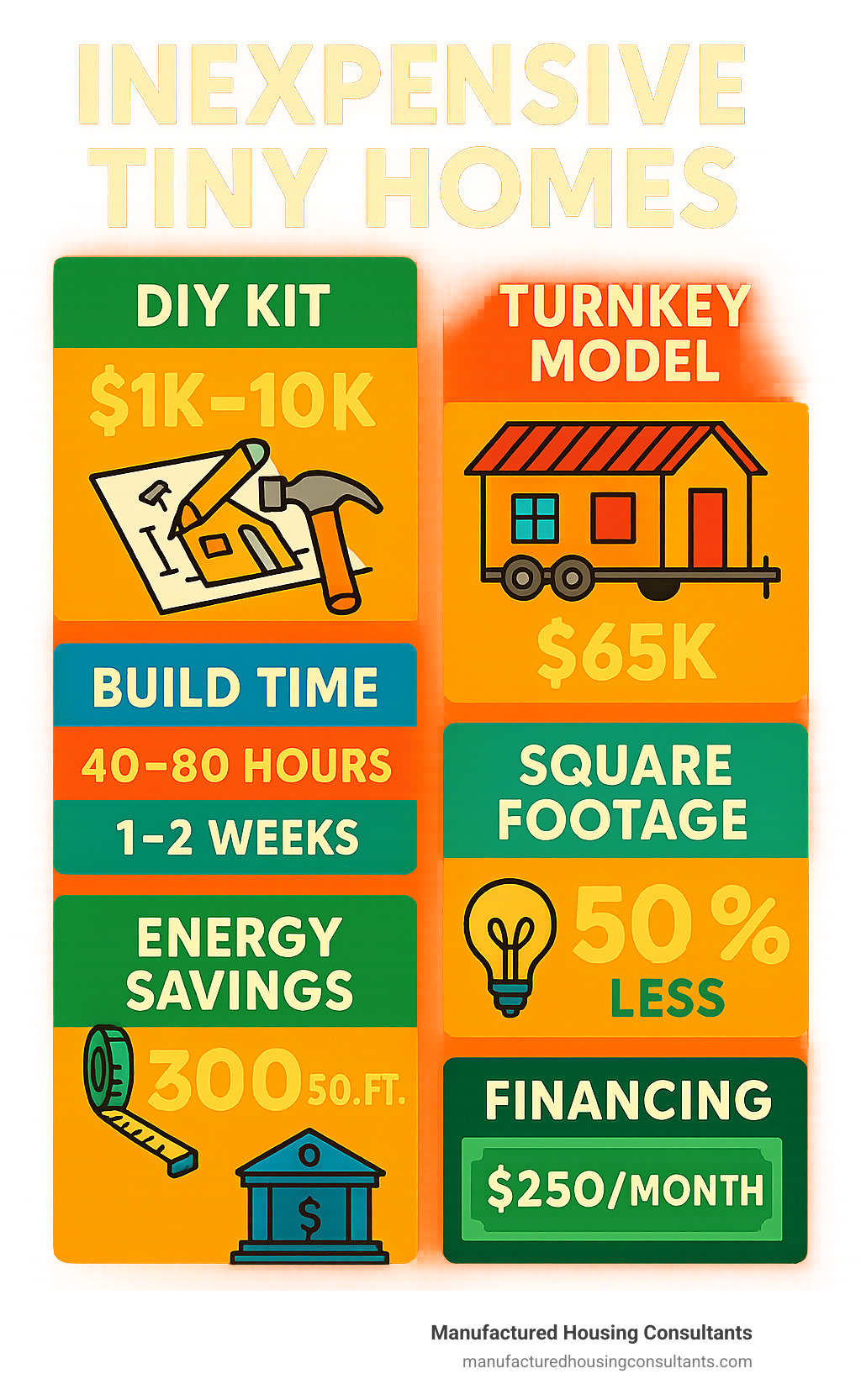
Inexpensive tiny homes terms simplified:
Top Picks for Inexpensive Tiny Homes in 2025
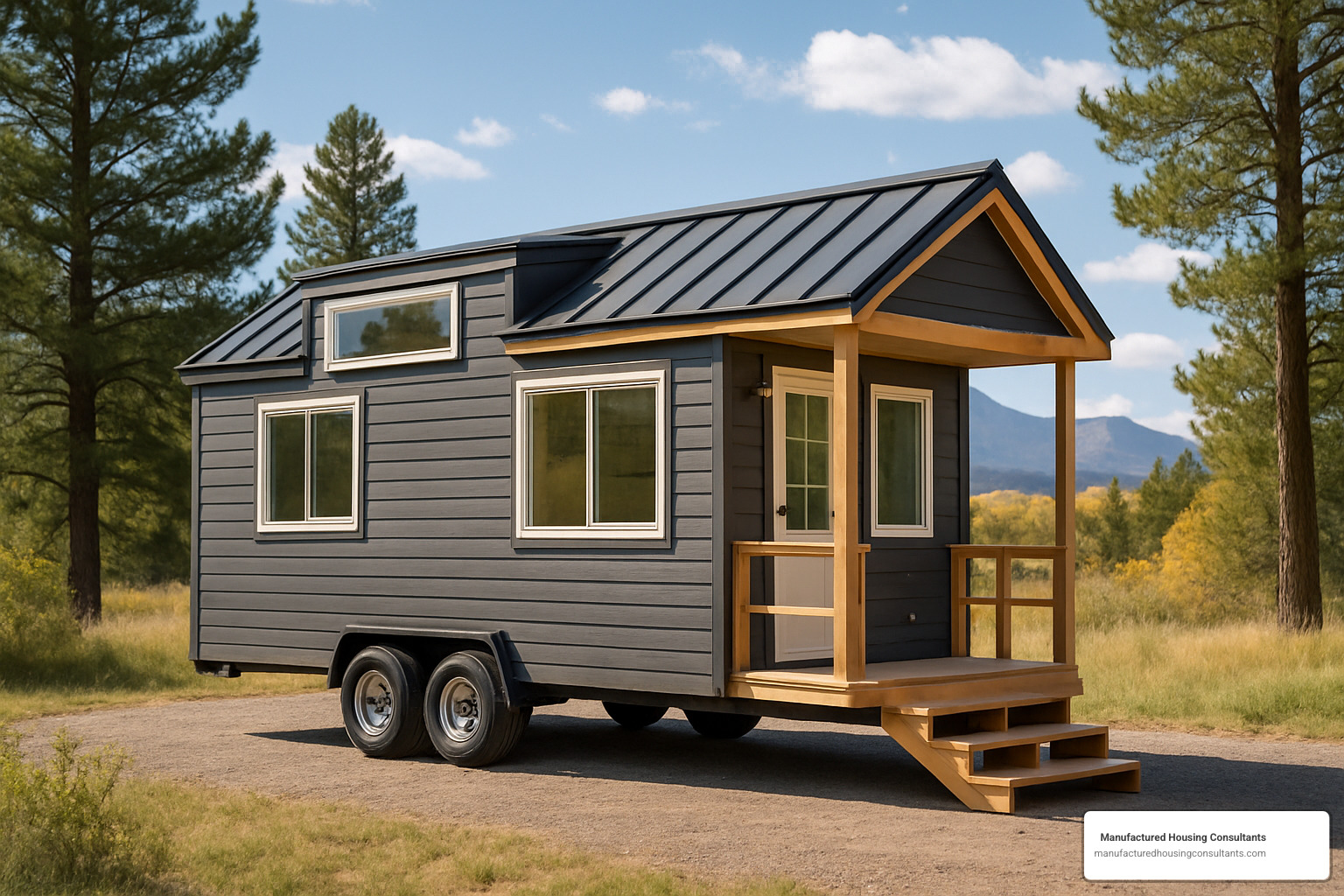
The inexpensive tiny homes market has grown up fast. What started as a few DIY builders with big dreams has become a real industry with options for every budget and skill level. Whether you want to move in tomorrow or enjoy building something with your own hands, 2025 offers more affordable choices than ever before.
The sweet spot seems to be finding that perfect balance between cost, quality, and your available time. Some folks want to skip straight to the keys-in-hand experience, while others get genuine joy from sawing boards and hanging drywall. The good news? Both paths can lead to homeownership for less than most people spend on a new car.
Ready-to-Move Prefabs Under $40K
Sometimes you just want to skip the construction headaches and start living in your tiny home right away. The prefab market has responded with some seriously impressive options that won’t break your budget.
BOXABL’s Baby Box has been making waves at $19,999, though that price is climbing to $29,000 as demand grows. This clever 120-square-foot home literally unfolds like a cardboard box but with steel framing and real walls. Two people can set it up in under an hour without any tools—just unfold, connect utilities, and you’re home. It’s basically a studio apartment that you can tow behind an SUV.
The 9k BTU heat pump keeps you comfortable year-round, and the basic kitchen and bathroom handle daily needs. It’s cozy living, but many couples find it perfect for starting their debt-free journey or as a guest house that actually gets used.
For families needing more breathing room, Dragon Tiny Homes’ Fairfax model delivers 135 square feet for $37,950. Built tough with steel framing and cement board siding, this home can handle years of road trips or permanent parking. The layout feels surprisingly spacious with smart design that makes every inch count.
What makes these prefabs special is the RVIA certification and professional warranties. You’re not just buying a structure—you’re getting tested quality and financing options that make monthly payments possible. Many manufacturers now complete over three homes per week using assembly-line efficiency, passing those savings directly to buyers.
More info about Small Floor Plans
DIY Kits for Inexpensive Tiny Homes
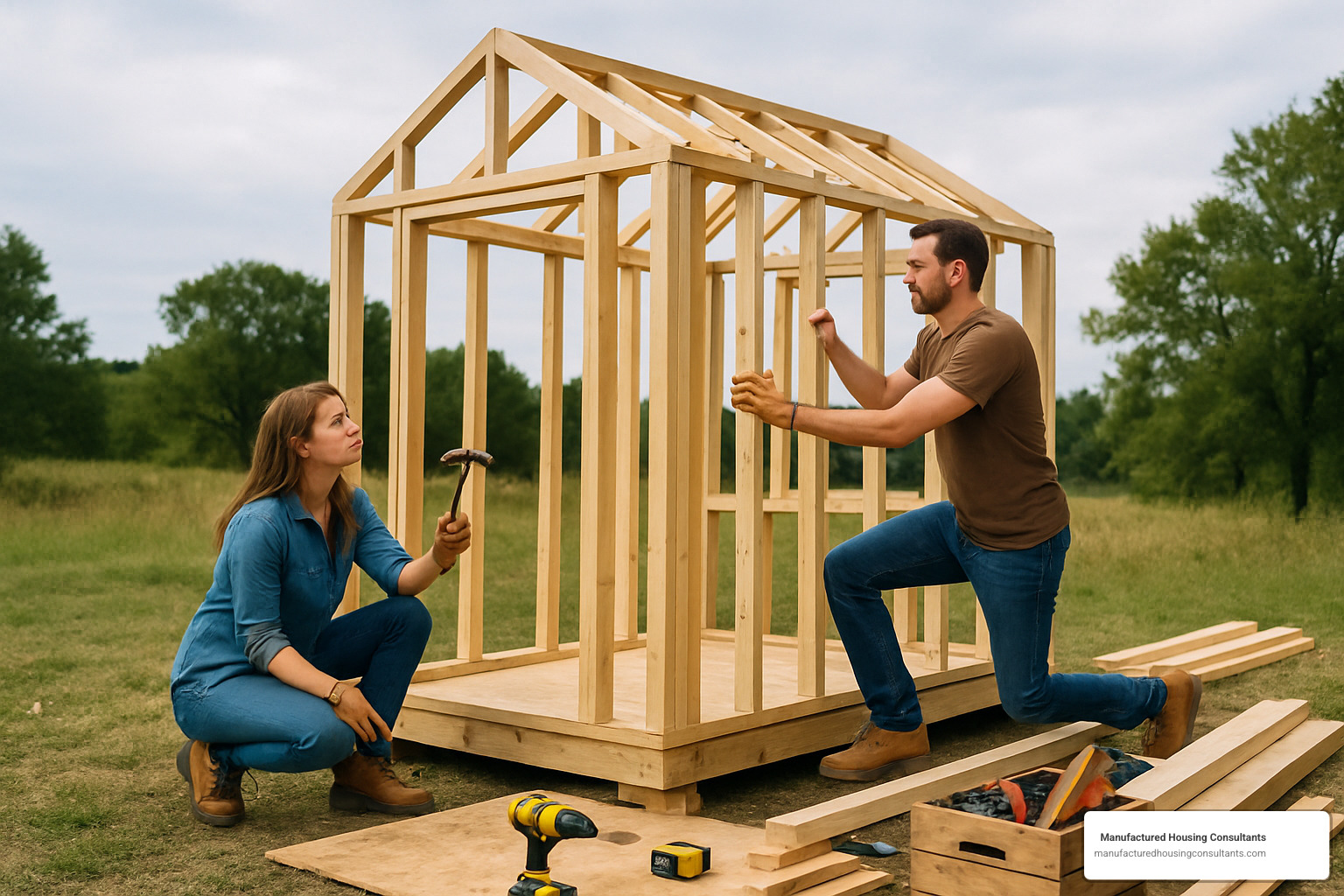
Building your own tiny home from a kit offers the ultimate combination of affordability and satisfaction. These aren’t just piles of lumber—they’re engineered systems with everything pre-cut, measured, and ready for assembly.
Allwood’s Annika Cabin Kit sits right under $5,000 and gives you 273 square feet of hexagonal charm. Two weekend warriors can knock this out in about 40 hours total. The pre-cut lumber arrives with detailed instructions that actually make sense, plus all the hardware you need. While it’s technically sold as a “garden shed,” plenty of creative folks have turned these into cozy homes with proper insulation and utilities.
For the truly budget-conscious, Arched Cabin kits start at an almost unbelievable $1,000. Their 12×20 model costs just $3,600, while the spacious 12×40 version runs $7,200. The unique arched design isn’t just eye-catching—it’s incredibly strong and efficient to build. These work great as vacation retreats, art studios, or full-time homes with some finishing work.
The reality check with DIY kits is understanding what you’re getting. These are shell packages that include framing, roofing, windows, and doors. You’ll still need to handle insulation, electrical, plumbing, and interior finishes. But for handy folks or those willing to learn, it’s a path to homeownership that costs less than most people’s annual rent.
Most builders find the 40-80 hour assembly time pretty accurate, especially with a helper. The key is taking your time and not rushing—this isn’t a race, it’s your future home.
Success Stories on a Shoestring
Real people are proving every day that inexpensive tiny homes can be built for pocket change when you combine creativity with determination. These aren’t fantasy stories—they’re blueprints you can follow.
Macy Miller’s $11,416 family home shows what’s possible with patience and recycled materials. She built this over two years while starting a family and adopting a dog, proving tiny living works even when life gets complicated. Her secret weapons were radiant floor heating for comfort and upcycled materials that added character without adding cost.
Two college students took the budget challenge to an extreme level, converting an existing outbuilding into a livable space for just $489. They used entirely salvaged materials and contributed 500 hours of volunteer labor. Half their tiny budget went to plywood for the ceiling, showing how creative sourcing can make dollars stretch like taffy.
Dave Herrle’s $4,000 treehouse proves that tiny homes don’t need wheels or even ground contact. Built as a New Year’s surprise for his wife using shipping pallet wood and focusing on essentials, it’s become a beloved retreat that cost less than most people spend on vacation.
The most extreme example comes from Scott Brooks’ $500 build—an 83-square-foot home made entirely from reclaimed materials. While tiny even by tiny home standards, it demonstrates that basic shelter can happen on almost any budget with enough resourcefulness.
These builders share common strategies: salvaged materials, personal labor, starting with basic shells, and adding amenities over time. They prove the biggest barrier to tiny home ownership isn’t money—it’s being willing to think differently about what home really means.
How to Buy, Build & Finance Inexpensive Tiny Homes
Navigating inexpensive tiny homes doesn’t have to feel overwhelming. Once you understand the real costs, financing options, and legal requirements, you can make confident decisions that fit your budget and lifestyle goals.
Cost Breakdown & Ongoing Expenses
Let’s talk real numbers. The average tiny home costs around $45,000, but that figure tells only part of the story. Your actual investment depends heavily on whether you’re rolling up your sleeves or writing checks to professionals.
Materials make up the foundation of your budget. A quality trailer alone runs $3,000 to $5,000—think of it as your most important investment since everything else sits on top. Framing lumber, siding, roofing, windows, and doors typically add another $10,000 to $20,000 for basic materials. Interior finishes, appliances, plumbing, and electrical systems can range from a modest $5,000 for no-frills setups to $30,000+ if you’re dreaming of granite countertops and smart home features.
Here’s where labor costs either make or break your budget. Professional contractors charge $50 to $100+ per hour, and a complete tiny home build might require 500 to 1,000 hours of skilled work. Do the math—that’s potentially $25,000 to $75,000 in labor costs alone. This explains why DIY builders save so dramatically and why those success stories of $12,000 builds are possible.
Per-square-foot costs for tiny homes average around $300, roughly double that of traditional homes. Before you panic, doubling the cost per square foot while using one-tenth the space still saves you a fortune. A 200-square-foot tiny home at $300 per square foot costs $60,000 total, while a 2,000-square-foot traditional home at $150 per square foot costs $300,000.
The ongoing savings really shine once you’re moved in. Utility bills drop by 50% compared to traditional homes because you’re heating and cooling a space the size of most people’s living rooms. Insurance typically runs $300 to $1,000 annually—a fraction of traditional homeowner’s insurance. Maintenance becomes manageable when you can literally walk around your entire home in 30 seconds and reach every system without calling a professional.
More info about Save with Tiny House Living
Financing & Legal Checklist for Inexpensive Tiny Homes
Financing inexpensive tiny homes requires some creativity since your local bank can’t exactly put a lien on something with wheels. The good news? Several financing options work well for tiny homes, with monthly payments starting around $809 for a $92,959 tiny home.
Personal loans work beautifully for smaller builds under $50,000. These unsecured loans carry higher interest rates than mortgages, but they offer flexibility and quick approval. Many DIY builders use personal loans to buy materials as they progress, avoiding interest on money they haven’t spent yet.
RV financing becomes available when your tiny home earns RVIA certification—basically, it meets the same standards as a travel trailer. These loans offer lower interest rates than personal loans and longer terms to keep monthly payments reasonable. Expect down payments from $8,000 to $25,000, with loan approval taking 3 to 5 weeks.
Chattel loans treat your tiny home as personal property rather than real estate. These work whether your home stays mobile or gets permanently installed on land you own. The rates often beat personal loans while offering reasonable terms.
Now for the zoning reality check—this is where many tiny home dreams hit speed bumps. About 75% of tiny home owners park on private property, while 25% use dedicated tiny home communities or RV parks. Over 250 tiny home communities exist across the U.S., offering legal parking with utilities and neighbors who understand your lifestyle choice.
Building codes vary wildly by location. Some municipalities treat tiny homes like garden sheds and wave permit requirements, while others require full residential permits. Research local requirements early—fixing code violations after the fact costs much more than doing it right initially.
Utilities for tiny homes mirror RV hookups: water inlet, 3-inch sewer connection, and 50-amp electrical service. Many tiny homes connect directly to municipal sewer or septic systems rather than using holding tanks, making them suitable for permanent installation while maintaining mobility options.
Understanding sustainable living practices can help you make environmentally conscious choices throughout the process.
Money-Saving Tips & Common Mistakes
Smart builders of inexpensive tiny homes follow time-tested strategies while avoiding expensive rookie mistakes. Here’s what separates successful builds from budget disasters.
Salvage sourcing can slash material costs by 50% to 70%. Windows, doors, lumber, fixtures, and appliances from construction sites, demolition projects, and architectural salvage yards offer incredible savings. However, buy safety-critical components new—trailers, structural lumber, and electrical panels aren’t worth the risk of failure.
Used trailers save $1,000 to $2,000 compared to new ones, but inspect them like you’re buying a used car. Look for rust, structural damage, and proper weight ratings. A solid used trailer serves for decades, while a questionable one creates ongoing headaches.
Design simplification dramatically reduces costs. Skip dormers, complex rooflines, and custom millwork in favor of clean, functional designs. Remember those $10,000 builds we mentioned? They succeeded by focusing on essentials and adding fancy features later.
Bulk purchasing strategies help stretch your dollar. Coordinate with other builders in your area, buy complete lumber packages instead of individual boards, and time appliance purchases during major sales. Some builders report 20% to 30% savings through strategic purchasing.
Common mistakes include underestimating electrical and plumbing costs, skipping proper insulation, ignoring local codes, and choosing inadequate trailers. Plan for these systems early in your design process—retrofitting costs much more than doing it right the first time.
Timing matters for both construction and purchasing. Build during favorable weather to avoid delays and complications. Shop for turnkey units during manufacturer sales or end-of-model-year clearances to save thousands on completed homes.
More info about Tiny House Floor Plans
Customizing & Upgrading Over Time
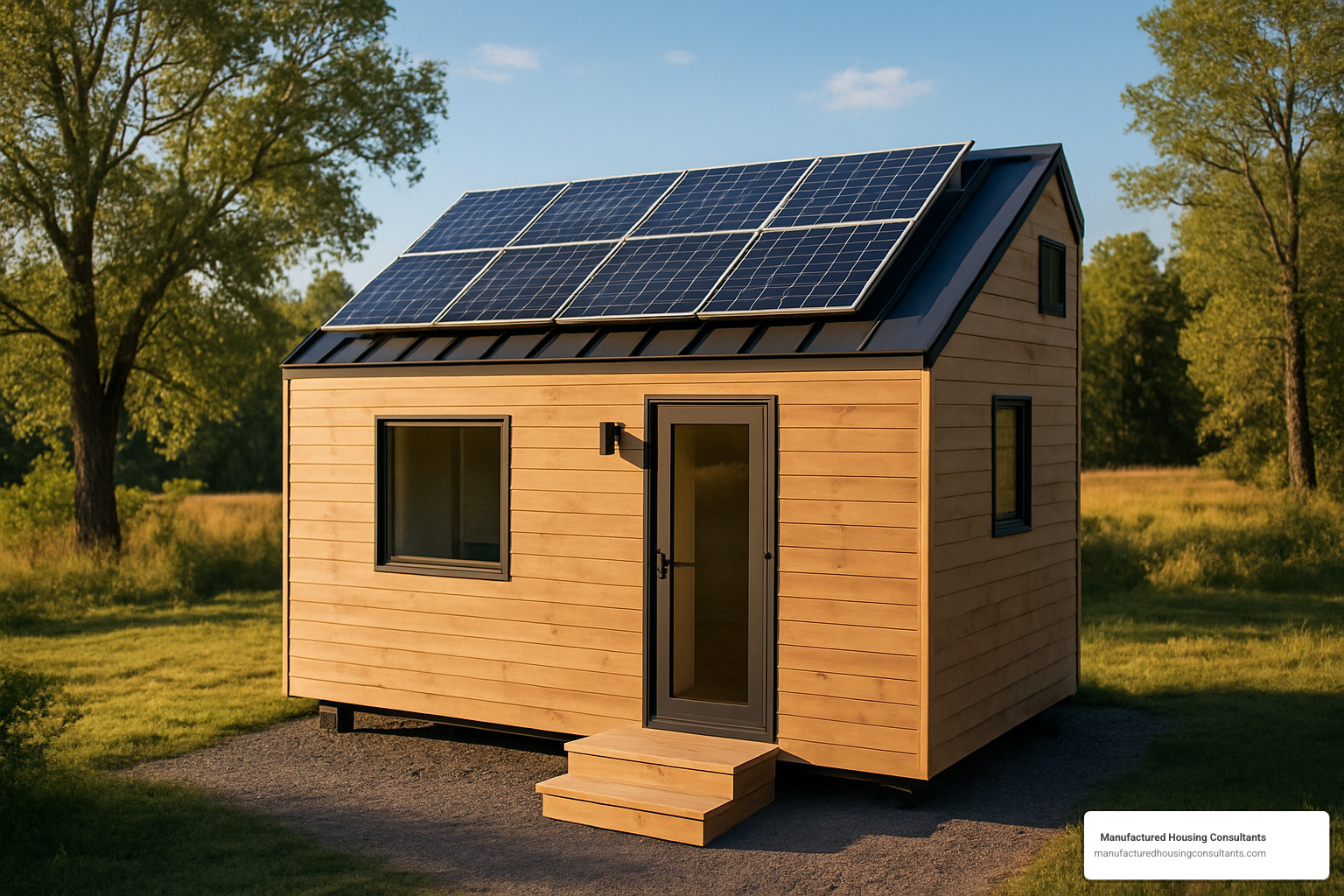
One beautiful aspect of inexpensive tiny homes is starting simple and upgrading as your budget and needs evolve. This approach spreads costs over time while letting you prioritize improvements based on actual living experience rather than guesswork.
Solar installations top most upgrade wish lists, and for good reason. Basic 400-watt systems handle lighting and small appliances for around $2,000 in DIY installations. Comprehensive 960-watt arrays supporting full off-grid living run $6,000 to $8,000 but eliminate electric bills entirely. Solar costs have plummeted in recent years, making these systems accessible to most tiny home owners.
Storage solutions transform livability in small spaces. Built-in cabinets, under-stair storage compartments, loft organization systems, and multi-functional furniture maximize every precious square foot. Many builders add storage incrementally as they find what they actually need versus what they thought they’d need.
Loft expansions add significant space to basic designs. Dormers increase headroom for taller occupants, while extending lofts over bathroom or kitchen areas creates additional sleeping or storage space. These modifications typically cost $3,000 to $8,000 but can add 50 to 100 square feet—a substantial percentage increase in a tiny home.
Smart home technology integrates seamlessly with tiny homes due to their simple systems. Programmable thermostats, LED lighting controls, security systems, and entertainment systems can be added gradually for improved comfort and efficiency without overwhelming your electrical system.
Off-grid capabilities appeal to many tiny home owners seeking ultimate freedom. Beyond solar panels, popular upgrades include composting toilets, greywater systems, rainwater collection, and propane appliances. These systems reduce ongoing utility costs while increasing your location flexibility—imagine parking anywhere with a view.
Resale value generally holds well for quality tiny homes, especially those with desirable features and solid construction. However, the market remains smaller than traditional housing, so factor this into your long-term planning. Well-built tiny homes with popular features often sell quickly to eager buyers.
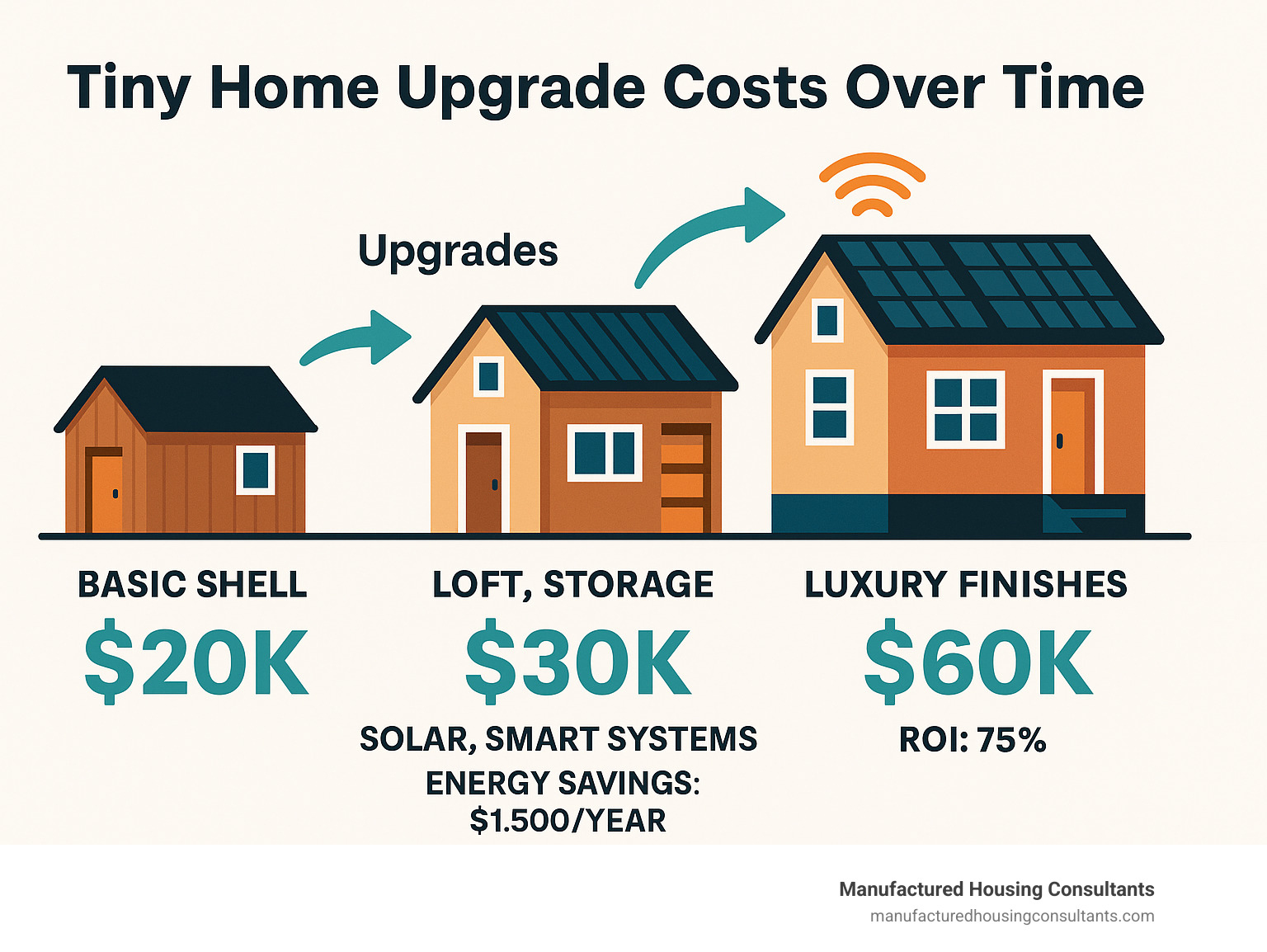
Conclusion & Next Steps
The journey toward inexpensive tiny homes ownership doesn’t have to feel overwhelming. From ultra-budget $1,000 DIY kits to move-in-ready $65,000 turnkey models, you now have a clear roadmap to affordable homeownership that sidesteps traditional mortgage debt entirely.
What makes this movement so exciting is how it opens doors for people who thought homeownership was out of reach. College students are building livable spaces for under $500 using salvaged materials. Young families are creating beautiful homes for $12,000 with some elbow grease. Even those who prefer the convenience of ready-built homes can move in for less than most people spend on a luxury car.
The math simply works better with tiny homes. You’ll cut your energy bills in half, eliminate most maintenance headaches, and gain the freedom to relocate whenever life changes. Whether you’re facing student debt, saving for other goals, or just tired of throwing money at rent, tiny homes offer a proven escape route.
At Manufactured Housing Consultants, we’ve helped hundreds of Texas families find affordable housing solutions that actually fit their budgets and lifestyles. Our team understands that every situation is unique—maybe you’re handy and excited about a DIY project, or perhaps you need something move-in ready with financing that works around your credit situation.
We guarantee the lowest prices on our wide selection of tiny homes from top manufacturers, with delivery anywhere in Texas. Our financing experts have seen it all and work creatively to make homeownership accessible, even when traditional lenders say no.
From San Antonio to Corpus Christi, from New Braunfels to Laredo, we’re helping Texans break free from endless rent payments and mortgage stress. Our team knows the ins and outs of zoning considerations, financing options, and the practical realities of tiny home living because we’ve guided families through every step of the process.
Ready to see what’s possible? Your affordable housing solution might be simpler than you think. Whether you’re curious about our current inventory, want to discuss financing options, or just need someone to walk you through the process, we’re here to help you explore how tiny home living could transform your housing situation.
The tiny home movement isn’t just about smaller spaces—it’s about bigger possibilities. Financial freedom, location independence, environmental responsibility, and simplified living await those ready to think differently about housing. Your journey toward affordable homeownership through inexpensive tiny homes can start today with the right guidance and support.

